The automotive industry is undergoing a seismic shift. From the rumble of gasoline engines to the silent surge of battery power, the transition is undeniable. But for many people, the terms used to describe this transformation—like EVs—can feel confusing. If you’ve ever wondered what is EVs, or wanted someone to define EVs in clear, simple language, you’re not alone. This article takes a deep dive into the meaning of EVs, how they work, and why they are reshaping the future of mobility.
What Is EVs? Understanding the Basics
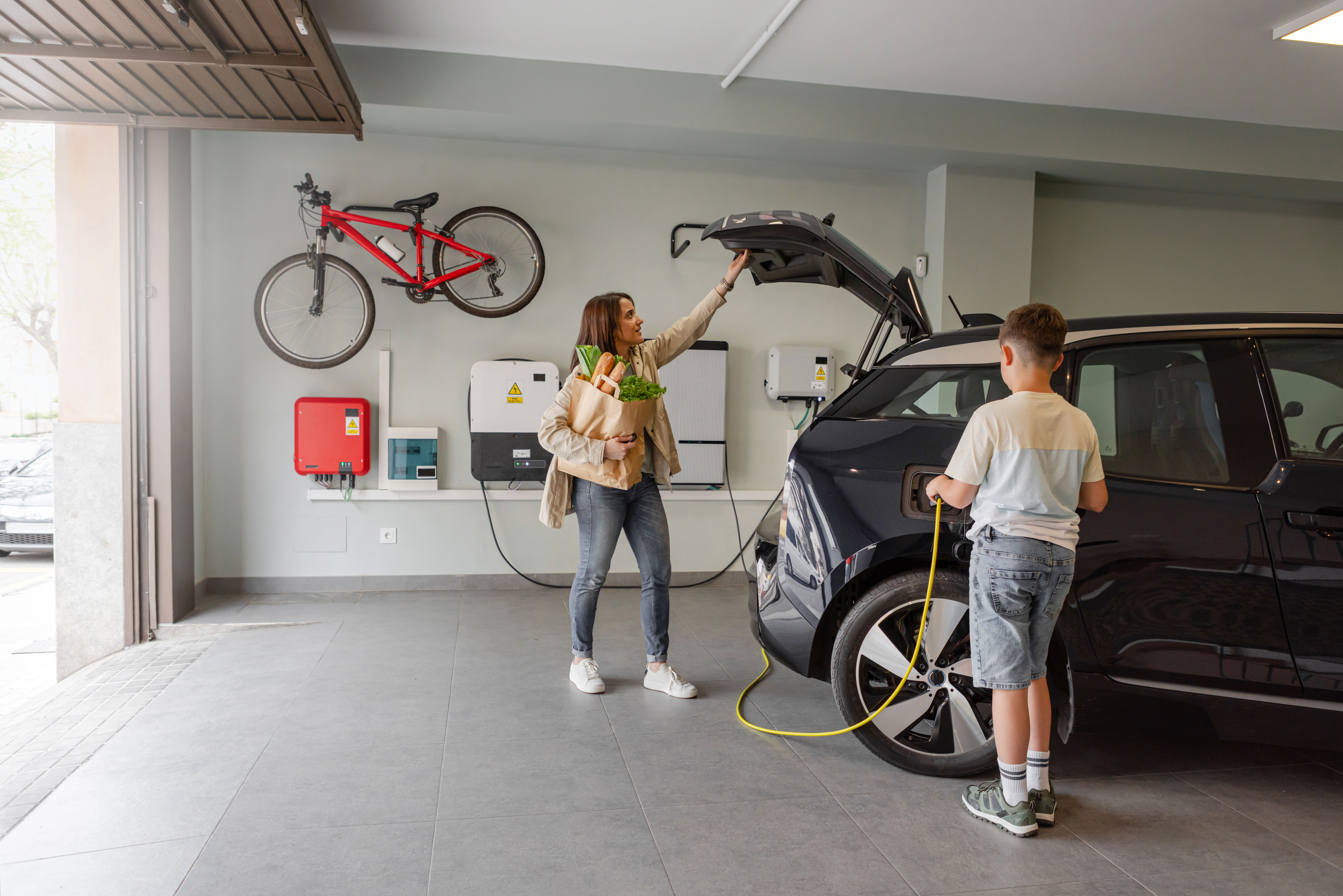
To start with the simplest definition, EVs meaning refers to Electric Vehicles. When you hear the question what is EV, it’s essentially asking about any type of vehicle powered by electricity instead of a traditional internal combustion engine that burns gasoline or diesel. Unlike conventional cars that rely on fossil fuels, EVs draw their power from electricity stored in rechargeable batteries.
These batteries drive one or more electric motors that turn the wheels. The result? Smooth acceleration, quiet operation, and significantly fewer emissions. When we define EVs, it’s helpful to think of them as a category of transportation that includes several different types of vehicles, not just passenger cars.
EVs can be cars, trucks, buses, motorcycles, scooters, and even bicycles—any mode of transportation where electricity serves as the primary source of power.
A Brief History of EVs
Although EVs may seem like a futuristic invention, they actually have roots going back to the 1800s. Early inventors experimented with battery-powered carriages, and by the early 1900s, electric cars were popular in cities because they were clean, quiet, and easy to drive compared to hand-cranked gasoline vehicles. However, as petroleum became cheap and abundant, gas-powered cars overtook EVs due to their longer driving range and faster refueling.
For decades, electric cars were largely forgotten—until environmental concerns, rising fuel prices, and technological breakthroughs brought them back into the spotlight in the 21st century. Today, automakers from Tesla to Toyota, Ford to Volkswagen, and even startups like Rivian and Lucid are producing EVs for every segment of the market.
Types of EVs
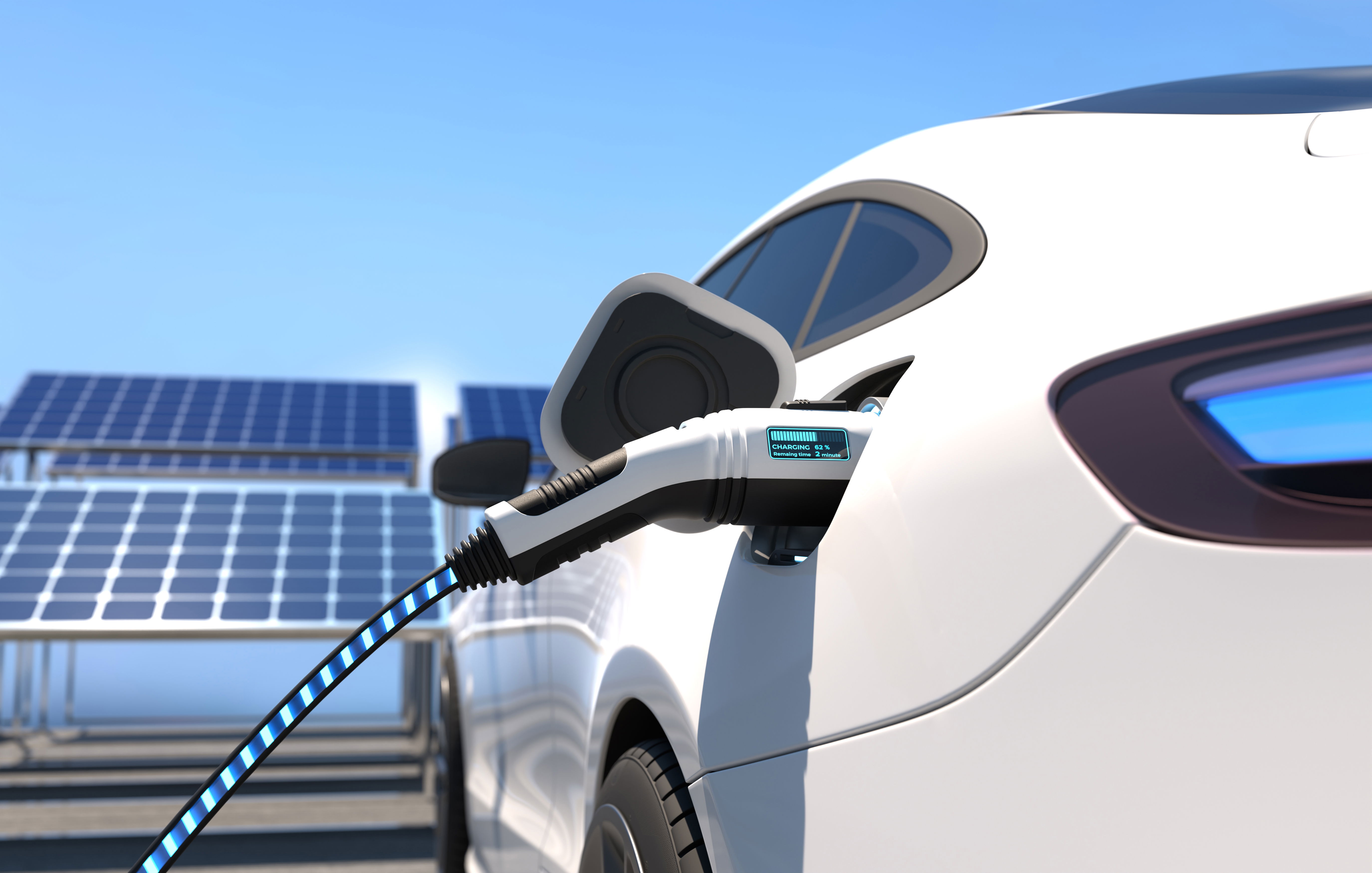
When people ask what is EVs, they often assume it only refers to fully electric cars. But in reality, there are different kinds of EVs, each with unique features. Let’s break them down.
1. Battery Electric Vehicles (BEVs)
These are what most people think of when hearing the term EV. BEVs run entirely on electricity stored in rechargeable batteries. They have no gasoline engine at all. Examples include the Tesla Model 3, Nissan Leaf, and Chevrolet Bolt.
2. Plug-in Hybrid Electric Vehicles (PHEVs)
PHEVs combine a gasoline engine with an electric motor and a rechargeable battery. They can run on electricity for short trips, and the gasoline engine kicks in for longer drives. Popular models include the Toyota RAV4 Prime and Ford Escape Plug-in Hybrid.
3. Hybrid Electric Vehicles (HEVs)
Unlike PHEVs, HEVs cannot be plugged in. Instead, they use a small battery charged through regenerative braking and the gasoline engine. Toyota Prius is the most famous example.
4. Fuel Cell Electric Vehicles (FCEVs)
FCEVs use hydrogen to generate electricity, producing only water vapor as exhaust. Though less common, they are growing in popularity in regions with hydrogen fueling stations. Examples include the Toyota Mirai and Hyundai Nexo. When we define EVs, it’s crucial to remember that the umbrella includes all these variations, not just pure battery-electric models.
How Do EVs Work?
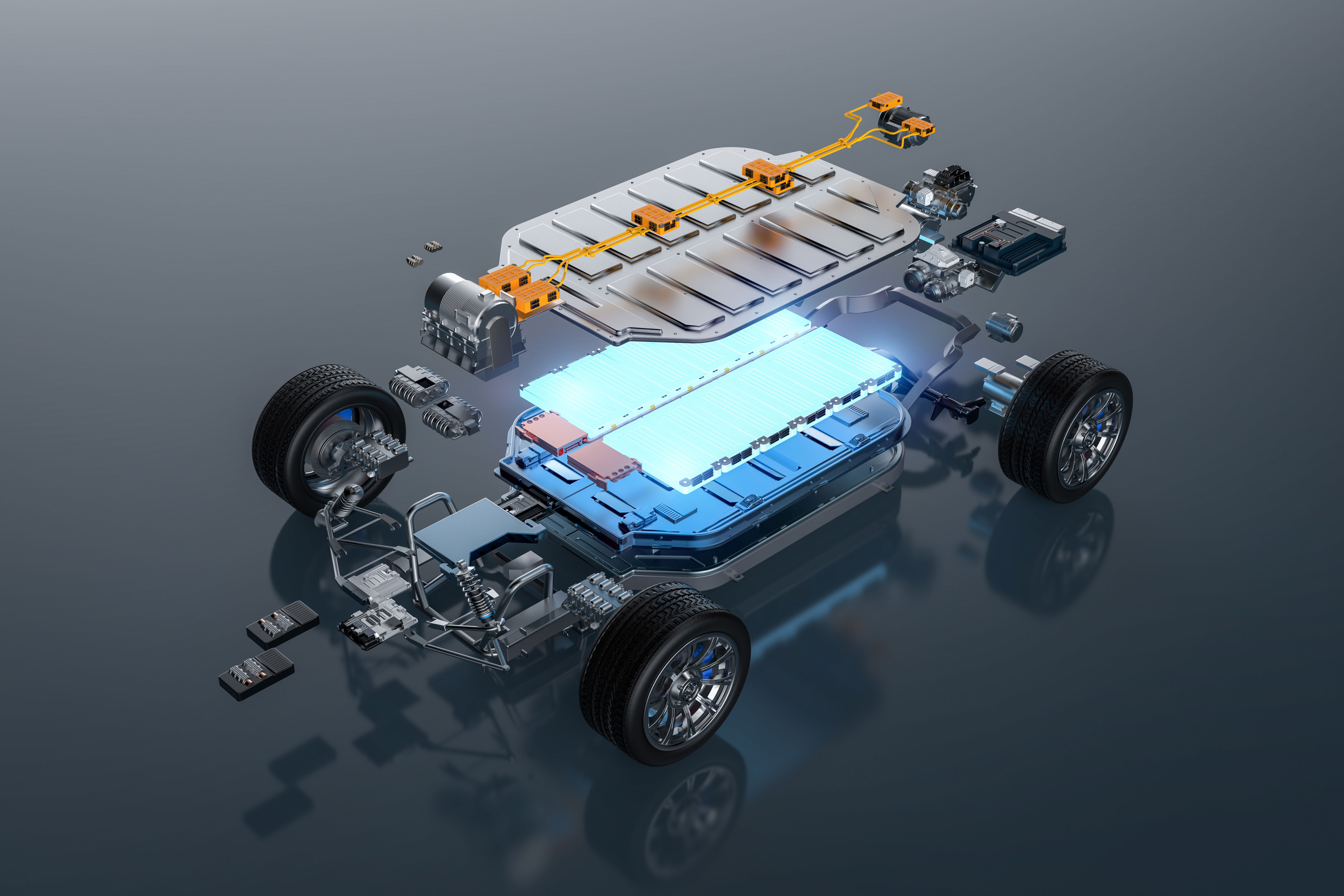
To truly understand EVs meaning, we need to look at how they function. At their core, electric vehicles replace the internal combustion engine with an electric motor powered by a large battery pack. Here’s a breakdown:
- Battery Pack: Stores electricity, usually lithium-ion, similar to what you find in smartphones but much larger.
- Electric Motor: Converts electrical energy into mechanical energy to drive the wheels.
- Inverter: Converts direct current (DC) from the battery into alternating current (AC) for the motor.
- Charging Port: Connects the vehicle to external power sources for recharging.
- Regenerative Braking: Captures energy during braking and feeds it back into the battery.
This system makes EVs highly efficient, often converting more than 85% of the energy from the battery into motion, compared to about 25–30% efficiency in gasoline engines.
Benefits of EVs
When someone asks what is EV and why it matters, the answer lies in the benefits. EVs are not just a technological novelty—they provide real-world advantages.
1. Environmental Impact
EVs produce zero tailpipe emissions, making them far cleaner for urban air quality. When charged with renewable energy, their carbon footprint can be dramatically lower than gas cars.
2. Lower Operating Costs
Electricity is generally cheaper than gasoline, and EVs have fewer moving parts, reducing maintenance expenses. No oil changes, fewer brake replacements, and no exhaust systems to maintain.
3. Performance
Electric motors deliver instant torque, meaning EVs accelerate faster and more smoothly than most gas-powered cars.
4. Energy Independence
Relying less on oil reduces dependence on global fuel markets, giving nations and individuals more control over energy sources.
5. Quiet and Comfortable Driving
The lack of engine noise makes for a smoother and more relaxing driving experience.
Challenges Facing EVs

While the meaning of EVs is often painted in a positive light, it’s also important to acknowledge the challenges.
- Charging Infrastructure: Many regions still lack enough fast-charging stations.
- Range Anxiety: Concerns about running out of charge before reaching a destination.
- Battery Costs: Although prices are dropping, EV batteries remain expensive to replace.
- Charging Time: Even with fast chargers, filling up a gas tank is quicker than charging a battery.
- Supply Chain Issues: Mining lithium, cobalt, and nickel for batteries raises environmental and ethical concerns.
These hurdles are gradually being addressed through innovation, investment, and regulation, but they remain part of the discussion when defining EVs.
The Global Shift Toward EVs
Governments worldwide are incentivizing the adoption of EVs to reduce greenhouse gas emissions and fight climate change. Countries like Norway already see more than 80% of new car sales being electric, while the U.S., China, and the EU are rapidly expanding EV infrastructure and subsidies.
Automakers are also setting bold targets. General Motors aims to go all-electric by 2035. Volvo plans to become fully electric by 2030. Even performance brands like Porsche and Ferrari are investing in electric models, signaling that EVs are no longer niche—they’re the mainstream future.
What Is EVs for Consumers? Practical Considerations
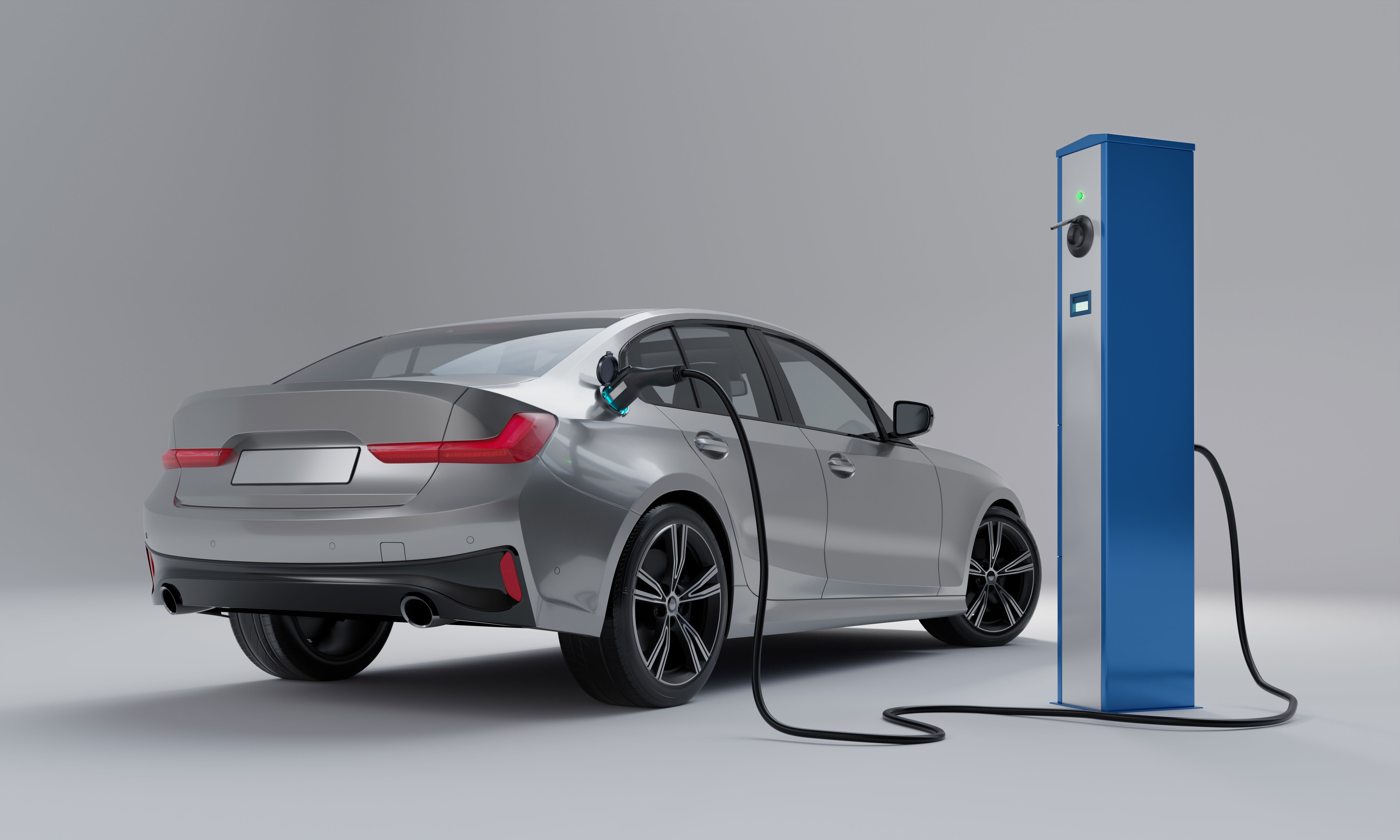
If you’re a car buyer asking what is EVs, the answer depends on your lifestyle. Here are some practical things to consider before buying one:
- Daily Commute: If you drive less than 200 miles a day, most EVs will easily cover your needs.
- Charging Access: Do you have a garage or driveway where you can install a home charger?
- Budget: EVs often have higher upfront costs but lower long-term expenses.
- Incentives: Check for government rebates or tax credits that can make EVs more affordable.
- Resale Value: As EV technology improves, newer models may quickly outpace older ones.
The Future of EVs
When we talk about the meaning of EVs, we’re really discussing the future of transportation itself. Battery technology is improving, with next-gen solid-state batteries promising faster charging and greater energy density. As production scales, EV prices are expected to match or undercut gasoline cars within this decade.
EVs will increasingly interact with smart homes and power grids, even sending electricity back to the grid during peak demand. Many EVs will pair with self-driving technology, creating safer and more efficient transport systems. More universal charging standards and infrastructure expansion will make EV ownership seamless across regions.
Final Thoughts: Defining the EV Era
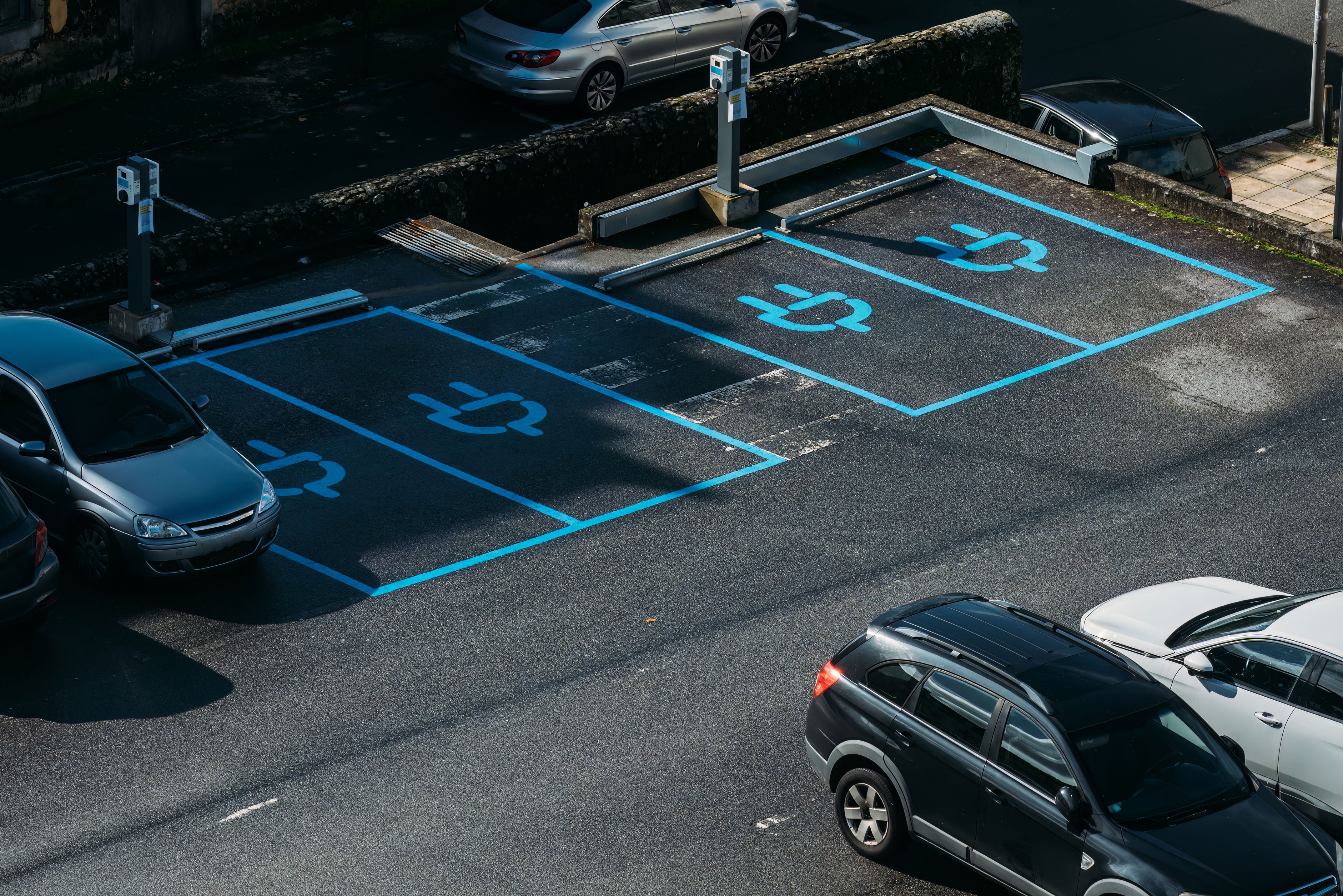
So, what is EVs? To summarize: EVs meaning is simply electric vehicles, cars and other modes of transportation powered by electricity instead of fossil fuels. To define EVs is to recognize them as a broad category that includes battery electric, plug-in hybrids, hybrids, and fuel-cell vehicles. But the true meaning of EVs goes beyond their technical definition.
They represent cleaner air, reduced dependence on oil, new job opportunities in green industries, and a fundamental rethinking of how we move from place to place. As technology advances and adoption grows, EVs are no longer just an alternative—they are the future standard. Asking what is EV is really asking how we want our future to look: sustainable, efficient, and innovative.